Overview
This project is an experimental process of condensing and forming architecture with a different lens — to translate the immaterial subconscious information (e.g. memories & emotions) into generating new space and forms.
Through the means of a haptic exploration, the project runs along the narrative of my memories, of my childhood self, inhabiting the old house. Using a plastic material (clay), to express 4 states of my inner child in order to study relational patterns to produce a pavilion.
Understanding that we experience space in a far more complex manner (than the objective / functional aspects that we usually design for), through phenomenology & the subconscious, this project looks into the very nature of space and form and how it suggests, retains, communicates information beyond the obvious. And through the process, generate forms that are phenomenologically expressive.
Part 1: Subconscious – Space
The project starts off by taking premise in my childhood self, inhabiting the old house, and dives into the multiple layers of perception of the minds’ eye.
How can I convey to someone fully, all of what I felt in the space?
Exercise in translating the essential information of the subconscious mind, into 3D forms, categorized/represented as abstract, gestural, literal, atmospheric models.
Part 2: Space – Emotions
It then became clear that there was an overarching theme that guided all the associations— emotions. The realities of the space passes thru my mind’s eye, which are filtered n distorted by my internal emotions. — in that first case, it was about feeling vulnerable.
So, if we were to then switch our lenses to look at these 3D model outputs in the terms of how it contains information of about emotion,
How can we use these models as an informational input to then extract and conceptualise space for emotions?
The project then expands to 4 spaces each representing an emotion / face of the inner child— vulnerable, angry, creative, and playful. And goes through a series of translations, spanning across the immaterial, 3D, 2D, through the process of making, drawing and collage.
Resulting in an ontological database of forms, where relational patterns, vocabulary, and grammar of forms, across either emotions or model type are extracted, synthesised, and transformed, to generate a new level of space and forms.
Head over to a-m-0.world to experience the full repository of models interactively! *spin, spin!*
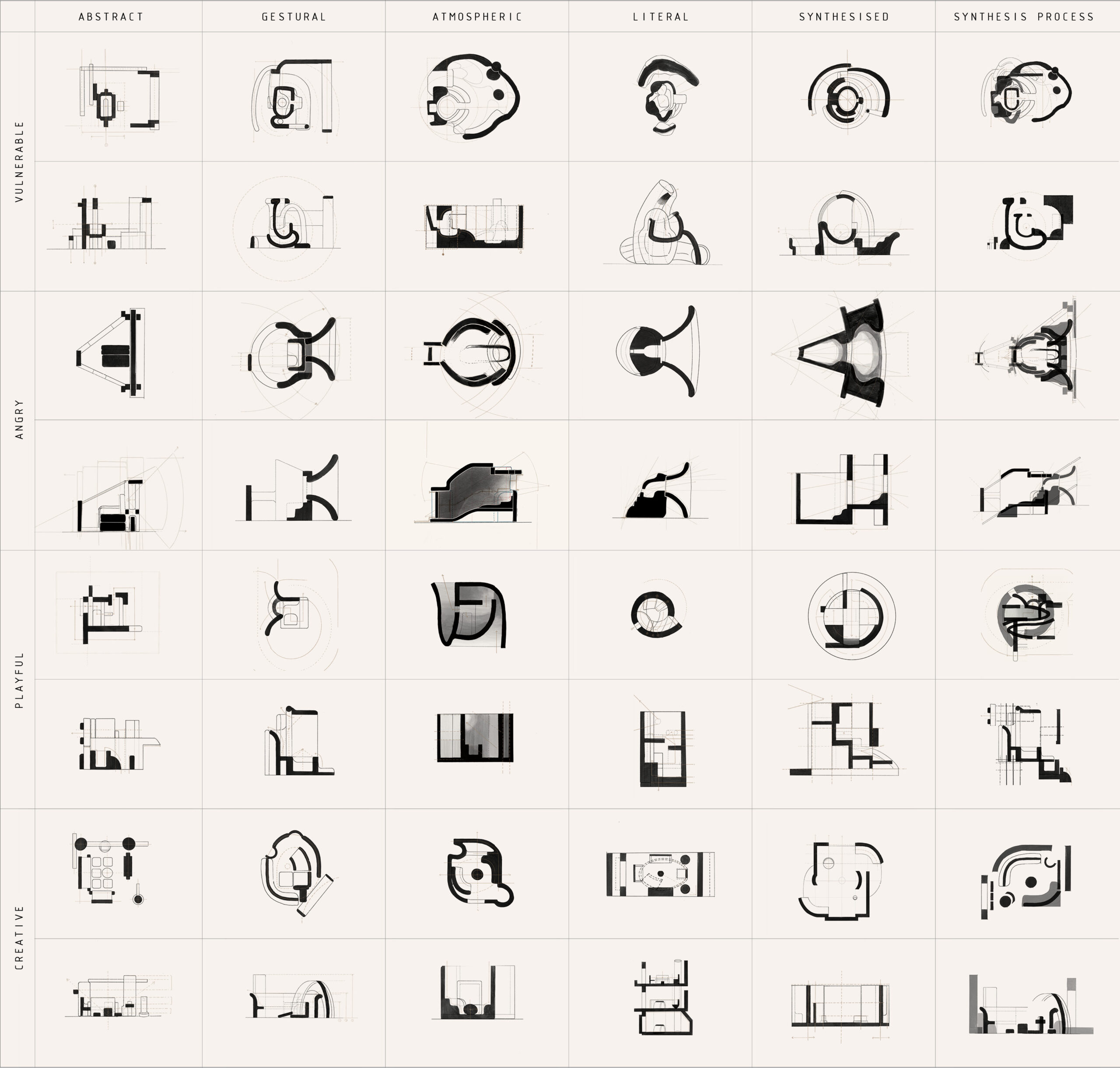
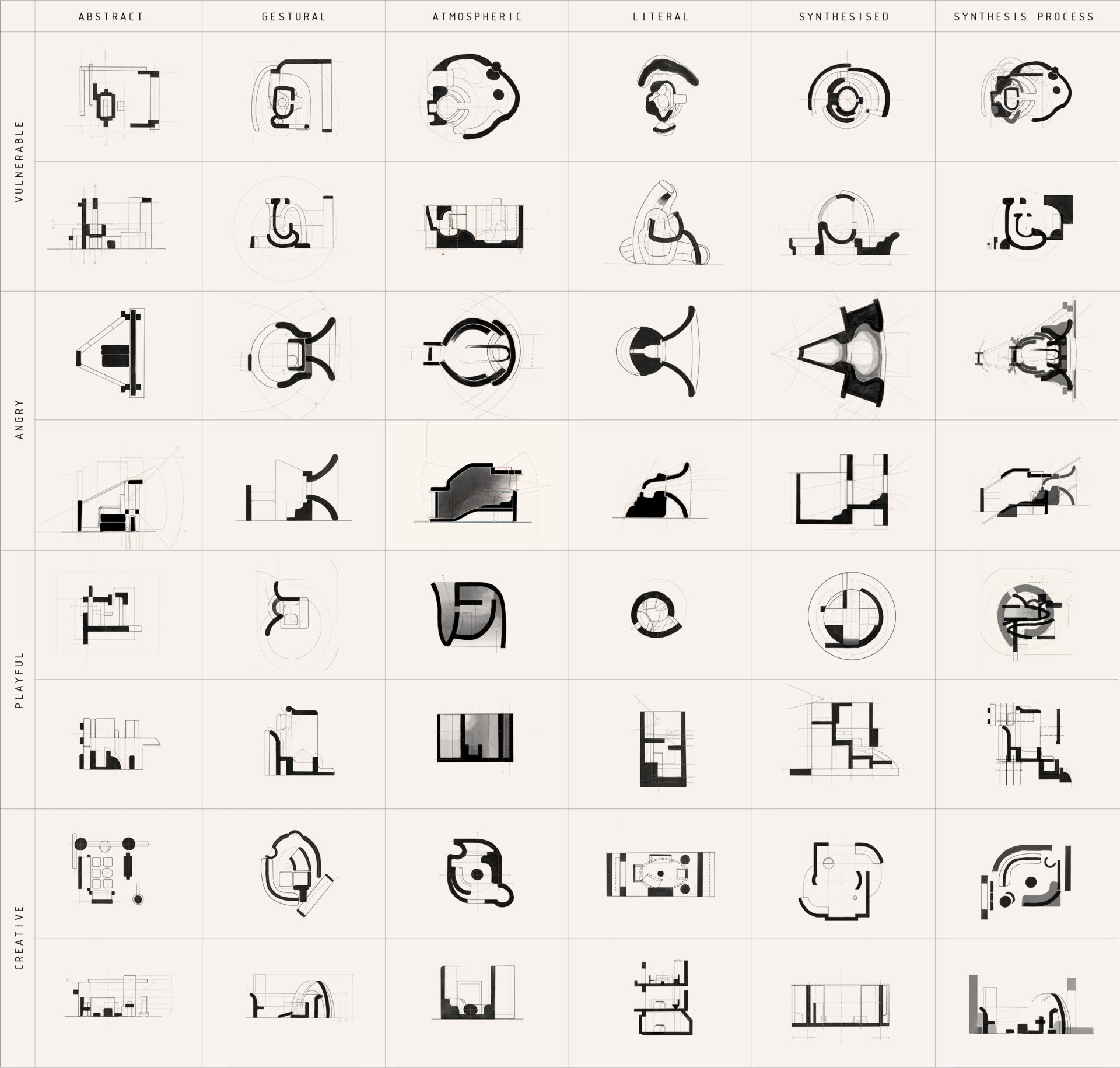
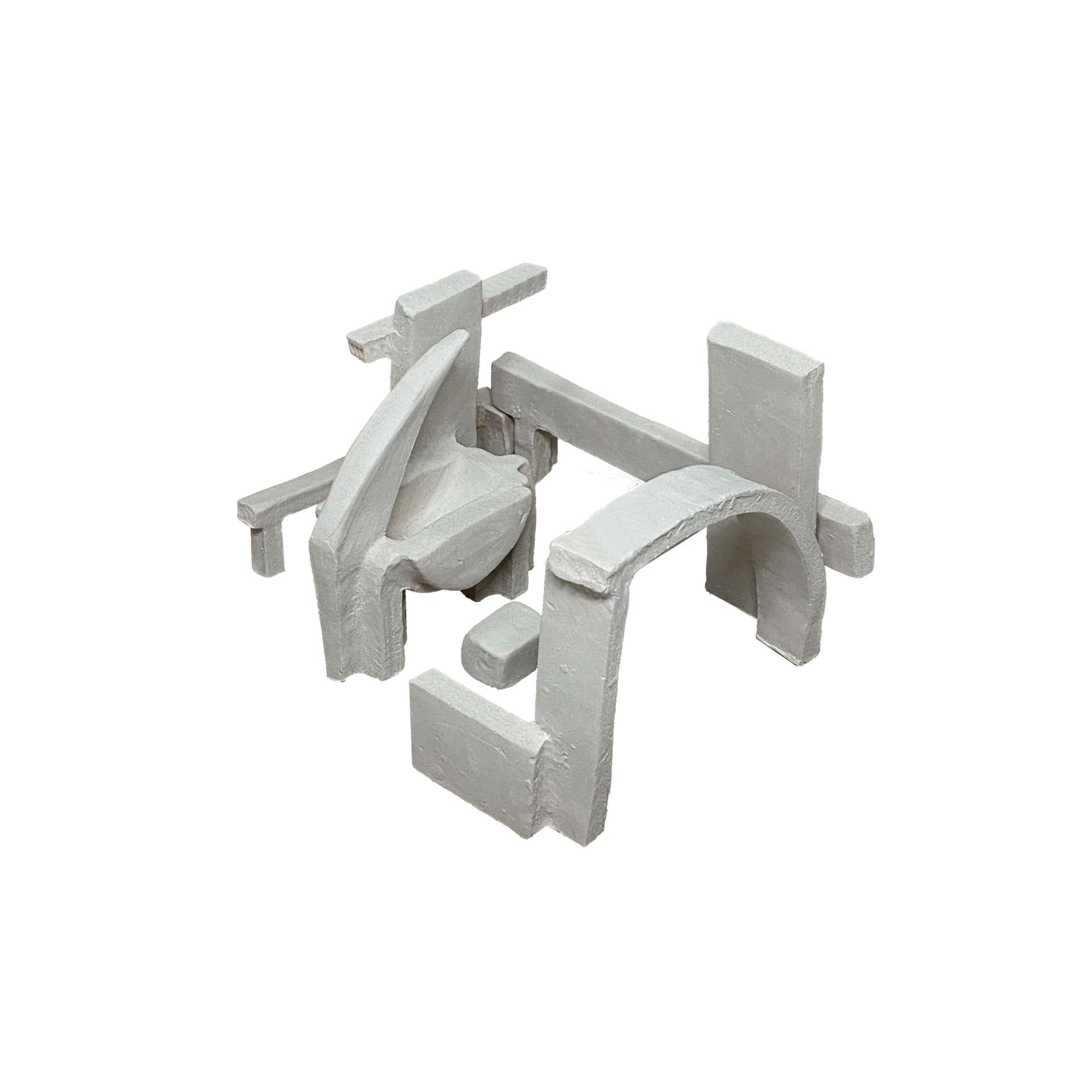

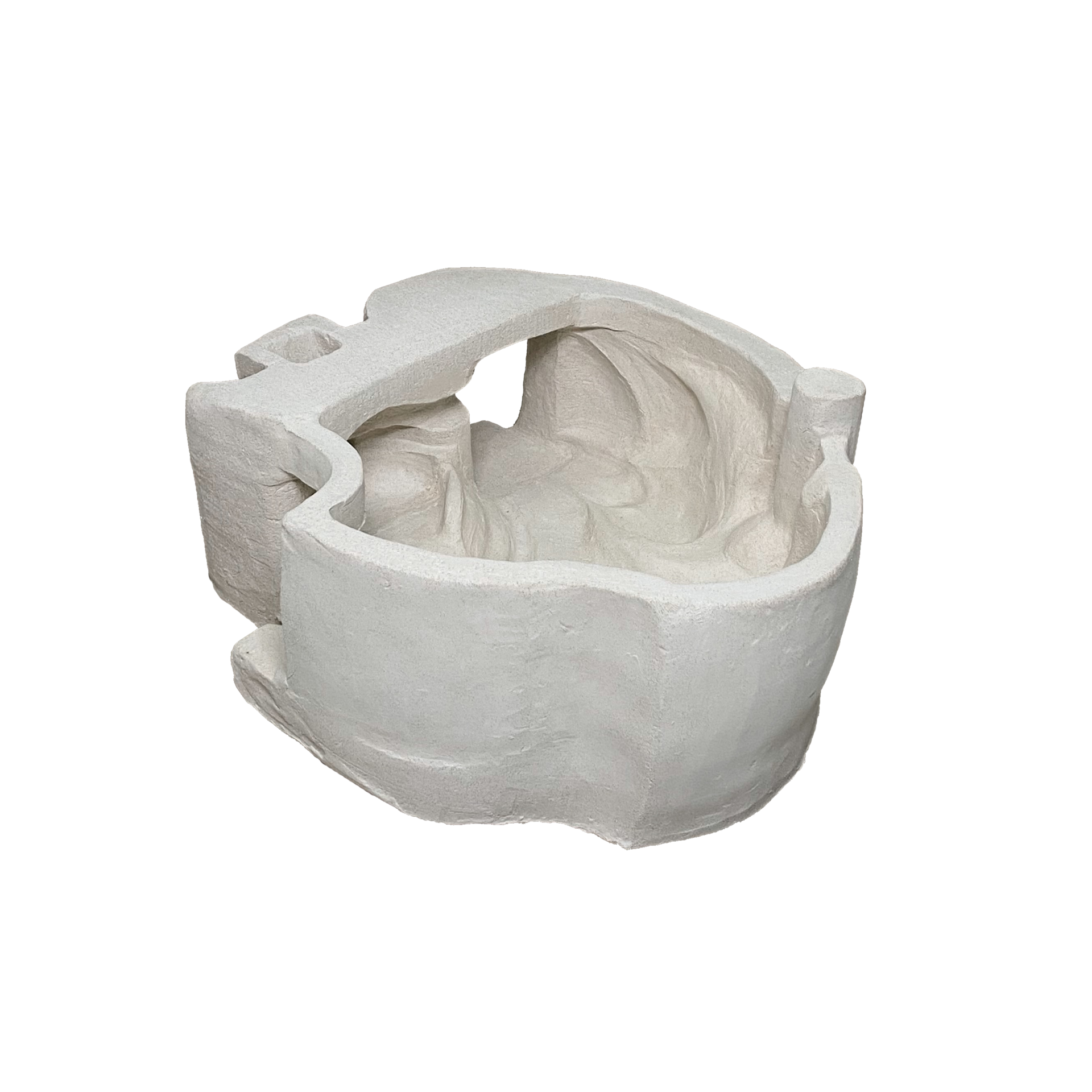
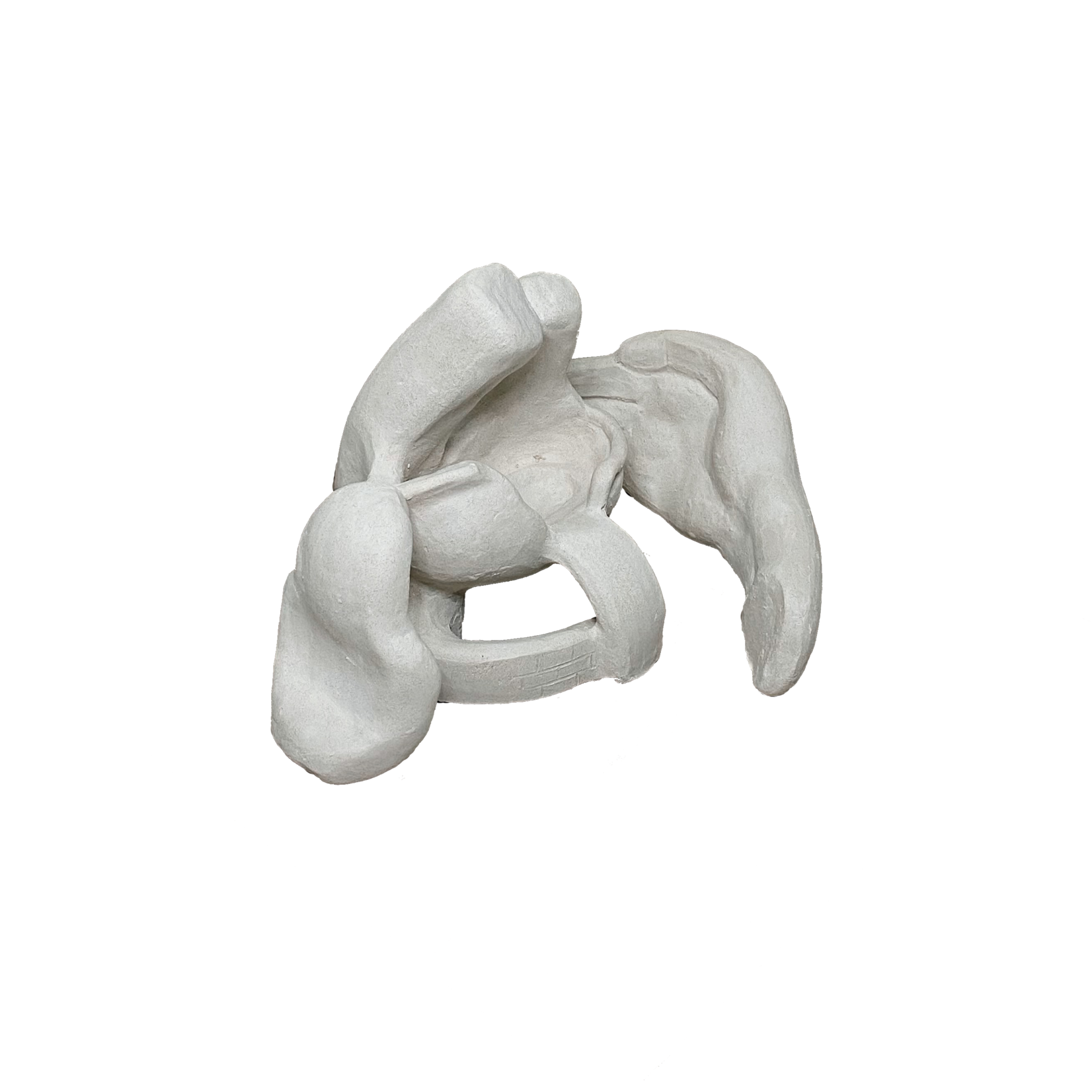
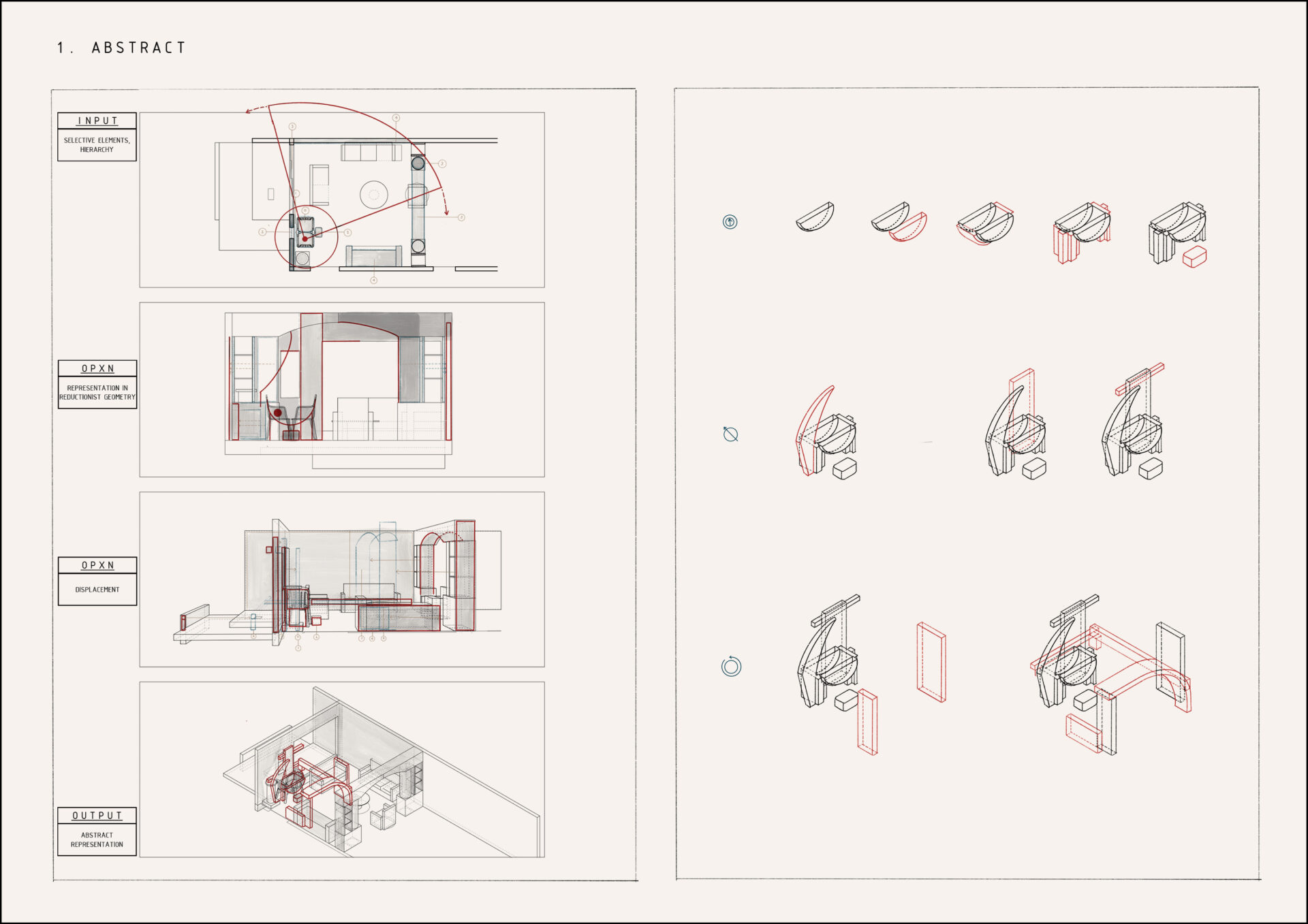
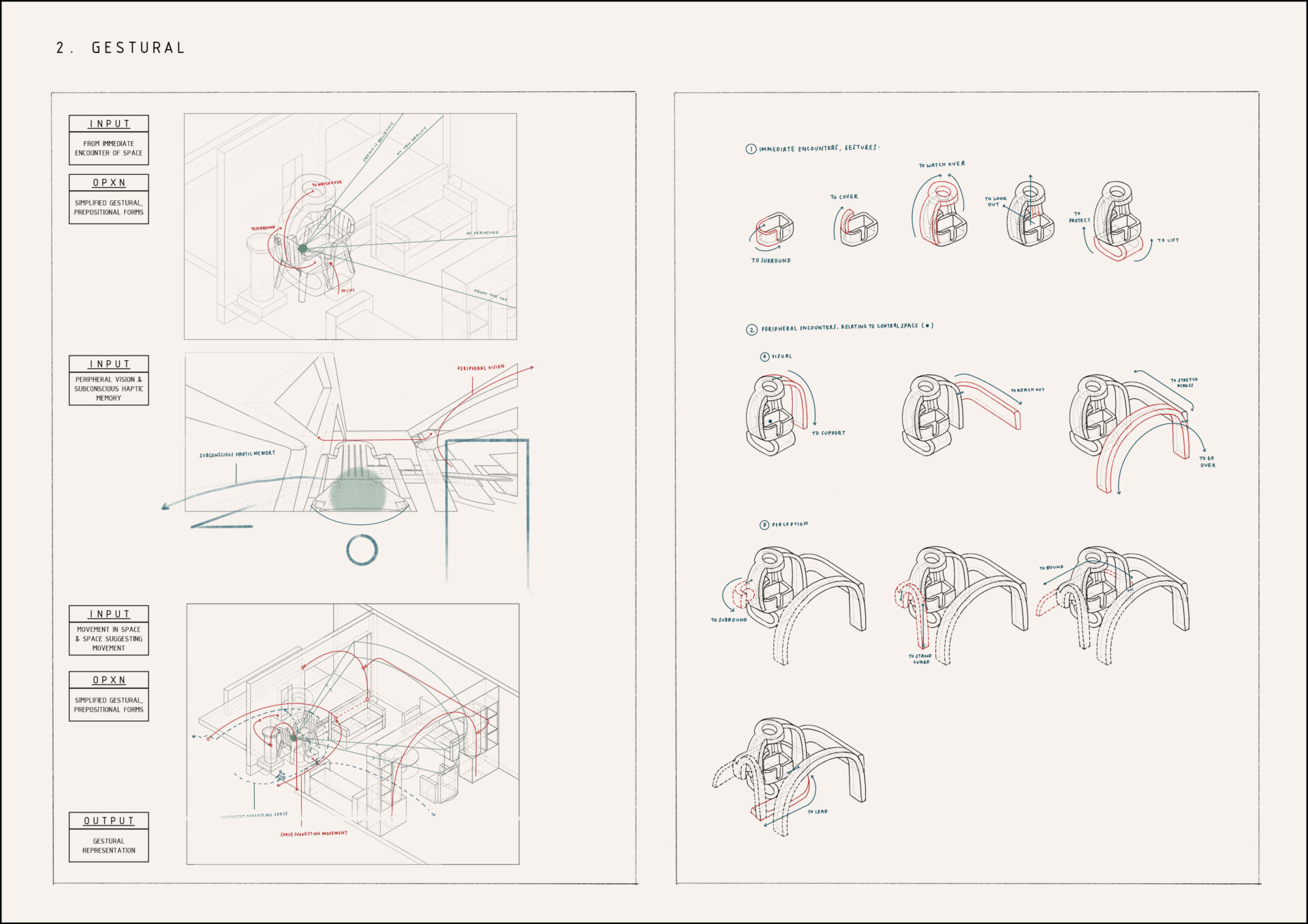
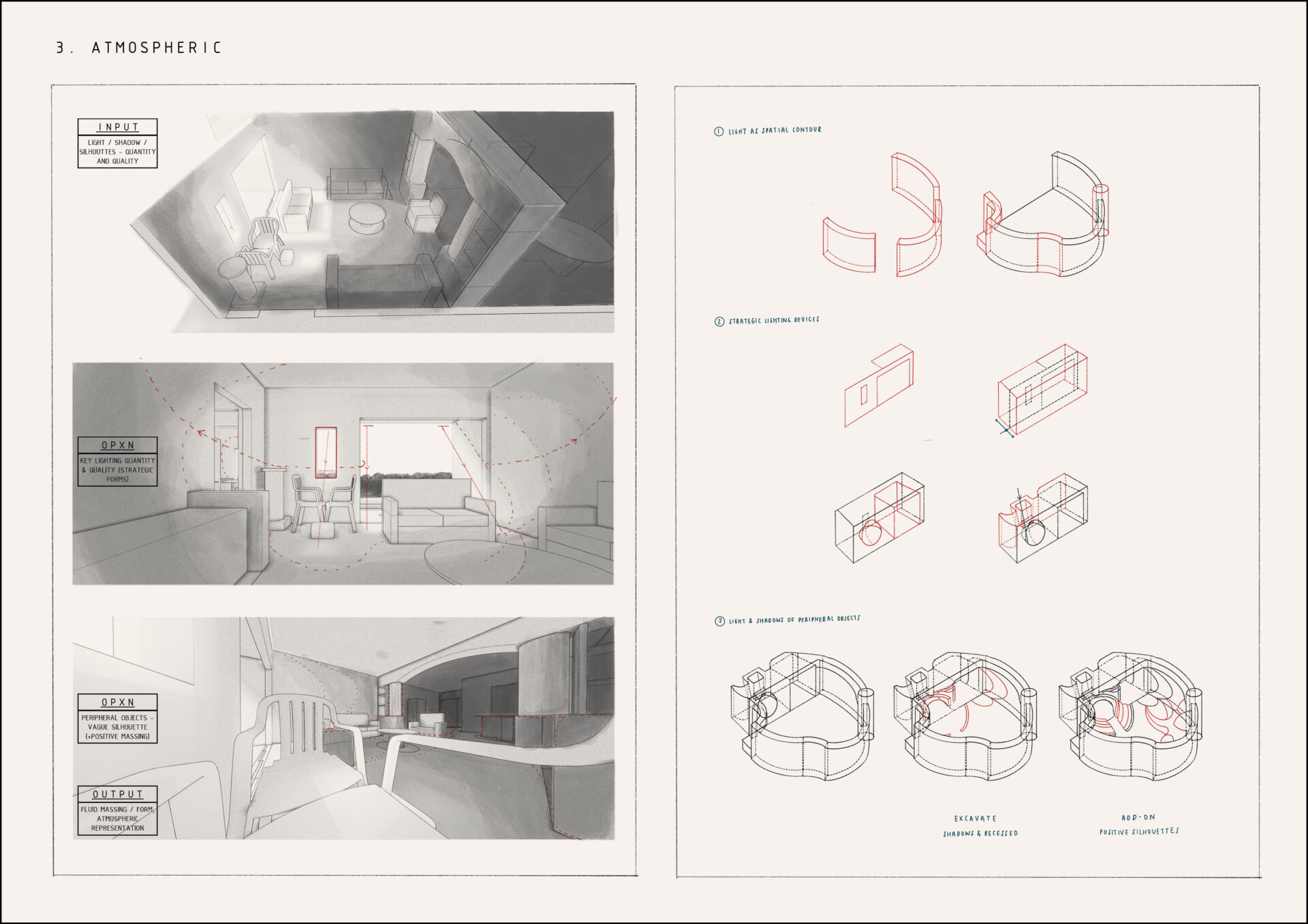
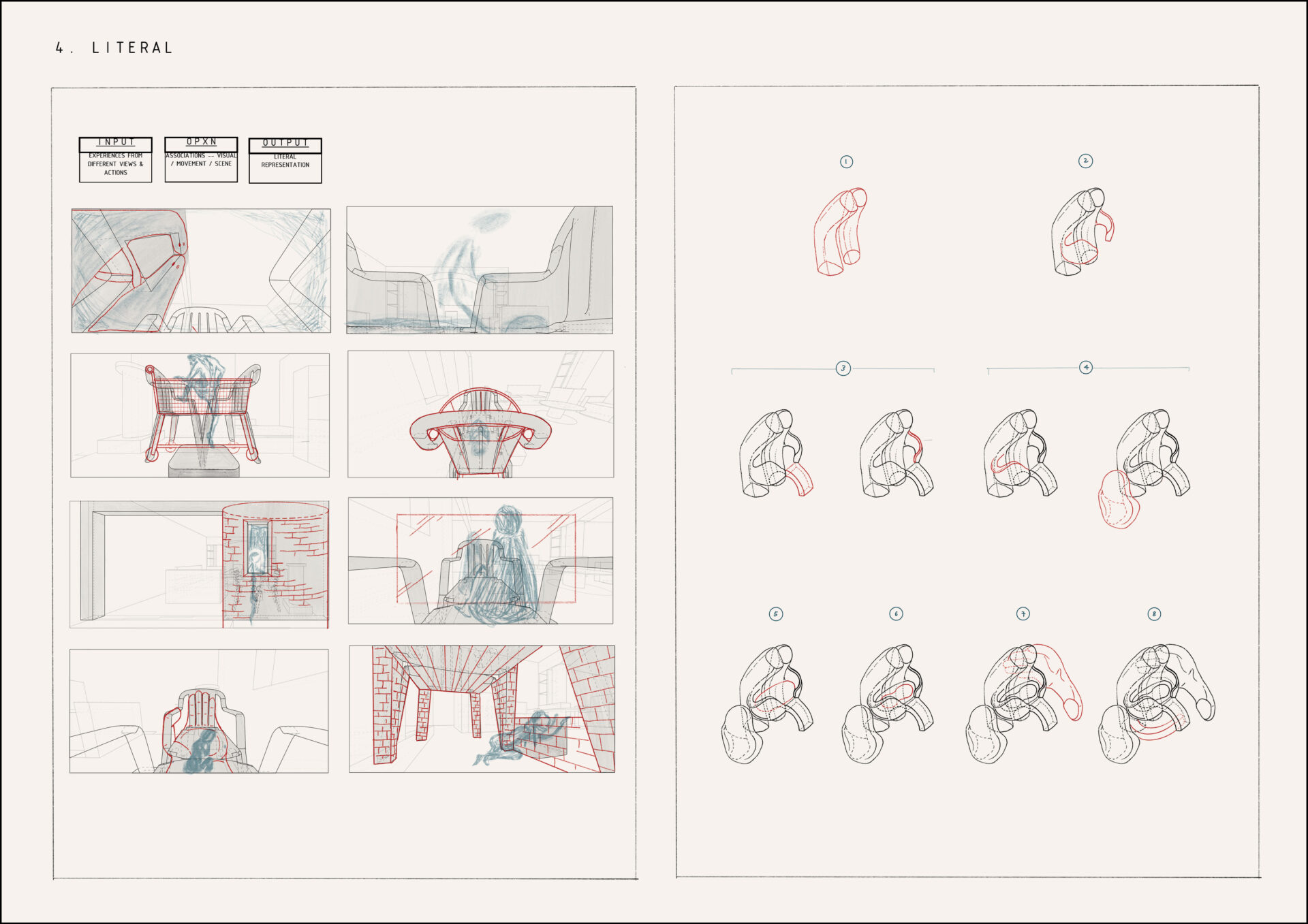

Supervisor's comments:
Amelia’s bold approach of exploring the process of creating architecture directly from her unconscious produced a fascinating exploration of forms that were familiar yet alien. Adopting a phenomenological approach, Amelia created beautifully made haptic clay models without any pre-conceived drawings. She probed her own unconscious via Lucia Cappacione’s “Inner Child” and its archetypes as starting points for her formal experimentations. Methodically documented, Amelia’s project is an exploration of the essence of material forms arising from the expression of memory and emotions through space in time. Her project challenges us to move from creating architecture from a purely cognitive origin to one that integrates our entire being.
- Adj. Assoc. Prof. Khoo Peng Beng